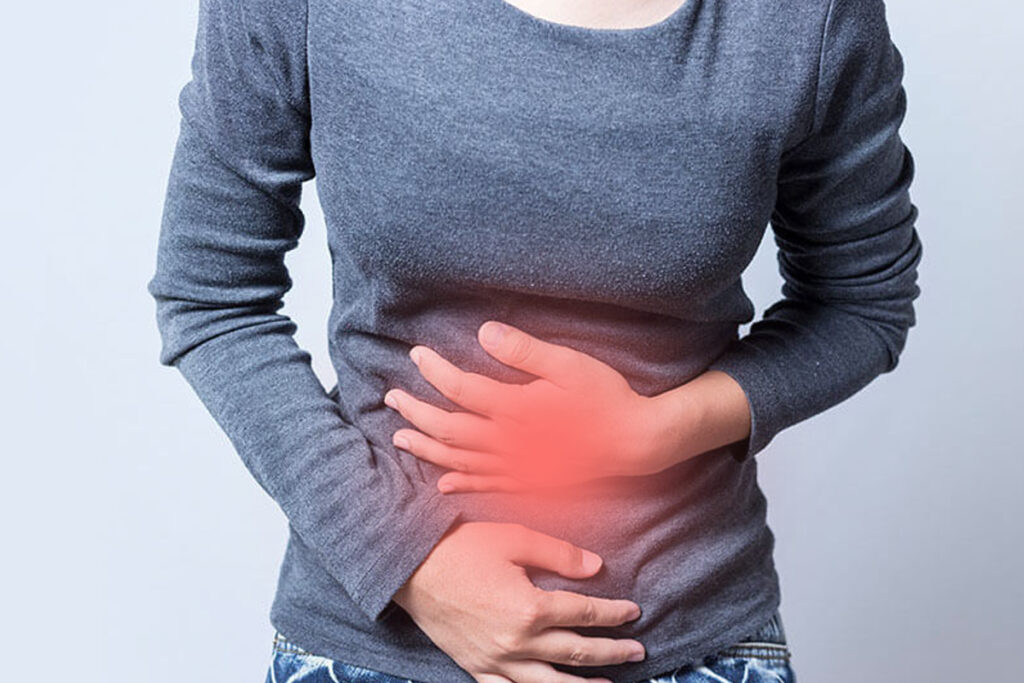Menstrual problems encompass a range of issues related to the menstrual cycle, which can affect women’s physical and emotional well-being. These problems can vary widely in their severity and impact on daily life. Common menstrual problems include dysmenorrhea, characterized by painful cramps; menorrhagia, involving excessively heavy bleeding; and amenorrhea, the absence of menstruation. Additionally, women may experience irregular cycles, premenstrual syndrome (PMS), and premenstrual dysphoric disorder (PMDD). These issues can lead to significant discomfort, fatigue, and mood disturbances, potentially interfering with work, school, and personal activities, thus highlighting the need for effective management and medical consultation.

1. Dysmenorrhea (Painful Periods)
Primary Dysmenorrhea:
Painful menstruation without an underlying medical condition, often starting within a few years of menarche (the first menstrual period). It is usually caused by high levels of prostaglandins, which cause the uterus to contract.
Secondary Dysmenorrhea:
Painful menstruation due to an underlying condition, such as endometriosis, fibroids, or pelvic inflammatory disease. This type often starts later in life.
2. Menorrhagia (Heavy Menstrual Bleeding)
Characterized by excessively heavy or prolonged menstrual bleeding. This can be due to hormonal imbalances, uterine fibroids, polyps, or bleeding disorders.
It can lead to anemia if not managed properly.
3. Oligomenorrhea (Infrequent Periods)
Menstrual cycles that occur less frequently than every 35 days. This can result from polycystic ovary syndrome (PCOS), thyroid disorders, significant weight loss, excessive exercise, or stress.
4. Amenorrhea (Absence of Menstruation)
Primary Amenorrhea:
No menstruation by age 15 or 16, which can be caused by genetic conditions, anatomical abnormalities, or hormonal imbalances.
Secondary Amenorrhea:
Absence of menstruation for three or more months in women who previously had regular cycles. This can be due to pregnancy, stress, significant weight loss, excessive exercise, or chronic illnesses.
5. Premenstrual Syndrome (PMS)
A group of symptoms that occur in the luteal phase (the second half of the menstrual cycle) and improve with the onset of menstruation. Symptoms can include mood swings, breast tenderness, bloating, and fatigue.
6. Premenstrual Dysphoric Disorder (PMDD)
A severe form of PMS characterized by extreme mood disturbances, irritability, depression, or anxiety, which can significantly impact daily life.
7. Polycystic Ovary Syndrome (PCOS)
A hormonal disorder common among women of reproductive age, characterized by irregular or prolonged menstrual periods, excess androgen levels, and polycystic ovaries. It can also cause issues with fertility, weight gain, and insulin resistance.
8. Endometriosis
A condition where tissue similar to the lining inside the uterus grows outside the uterus, causing pain, irregular bleeding, and potentially fertility problems.
9. Fibroids
Noncancerous growths in the uterus that can cause heavy menstrual bleeding, pelvic pain, and pressure symptoms.
10. Hormonal Imbalances
Issues such as hypothyroidism, hyperthyroidism, or elevated prolactin levels can disrupt normal menstrual cycles and cause irregularities.
Causes and Risk Factors
Hormonal Imbalances:
The most common cause of menstrual problems.
Genetics:
Family history can play a role.
Lifestyle Factors:
Stress, significant weight changes, poor diet, and lack of exercise can influence menstrual health.
Medical Conditions:
Thyroid disorders, diabetes, and other chronic illnesses can affect menstrual cycles.
Diagnosis and Treatment
Diagnosis:
Often involves a combination of medical history, physical examination, blood tests, pelvic ultrasound, and sometimes more specialized testing like laparoscopy.
Treatment:
Varies depending on the underlying cause and may include medication (such as hormonal contraceptives or pain relievers), lifestyle changes, and in some cases, surgery.
Lifestyle Factors:
Stress, significant weight changes, poor diet, and lack of exercise can influence menstrual health.
Medical Conditions:
Thyroid disorders, diabetes, and other chronic illnesses can affect menstrual cycles.
When to See a Doctor
If menstrual problems are severe, persistent, or significantly impact daily life.
If there are signs of an underlying condition, such as severe pain, very heavy bleeding, or missed periods not due to pregnancy.
Menstrual problems can often be managed effectively with the right diagnosis and treatment, allowing women to maintain their quality of life and overall health.
